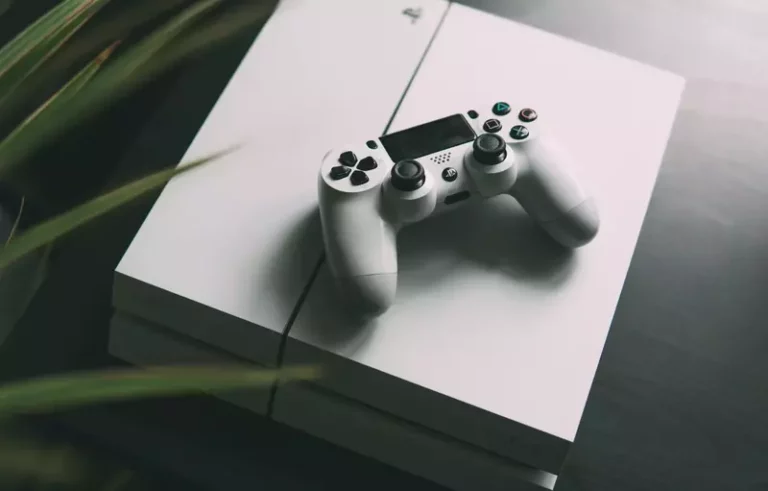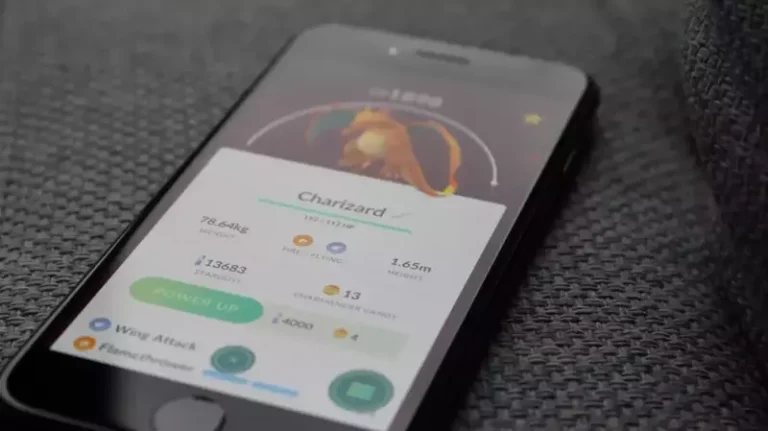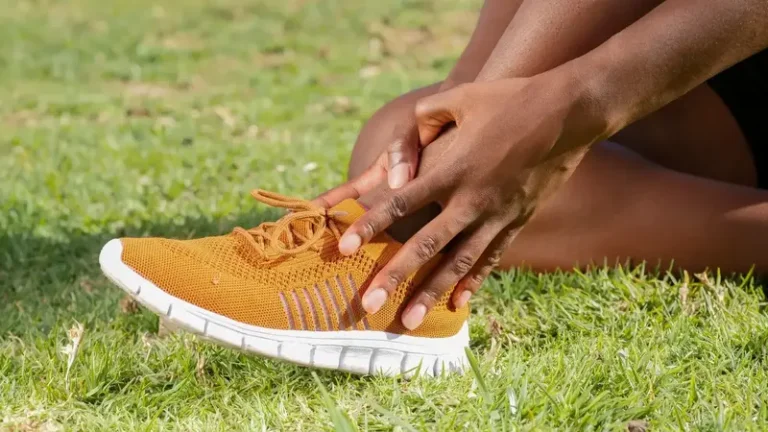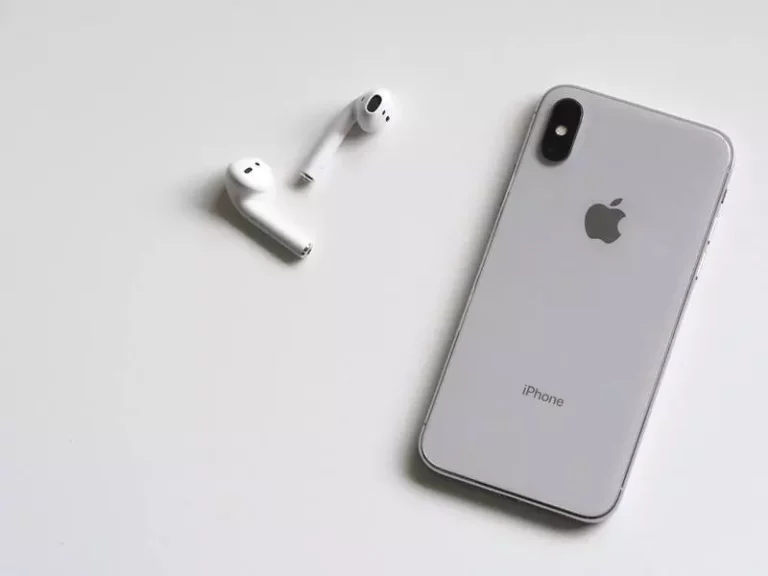Can You Kick Someone Off Your Bluetooth Speaker? (Solved)
This site contains affiliate links to products, and we may receive a commission for purchases made through these links.
Few things are quite as annoying as having your Bluetooth speaker hijacked by someone else’s device and having to endure their selection of music or video playlist. So can you kick someone off your Bluetooth speaker?
You can kick someone off your Bluetooth speaker. You can do this by turning your Bluetooth speaker off and reconnecting your device before anyone else, resetting your Bluetooth speaker, or creating distance by moving your speaker away from the connected device. Then you can pair it up with your device.
However, these methods are not as effective as preventing your Bluetooth speaker from being ‘hijacked’ in the first place.
Below I discuss the simple ways to kick someone off your Bluetooth speaker (remember they can probably connect to your Bluetooth speaker again in the future) and what you can do to prevent someone from connecting to your Bluetooth speaker.
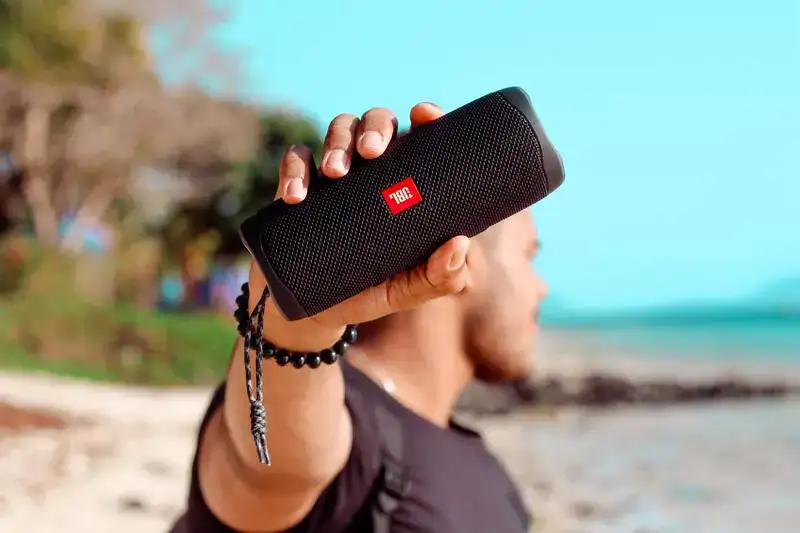
How To Kick Someone Off Your Bluetooth Speaker
Most Bluetooth speakers can still only connect to one device at a time unless they support multi-point, which would give them access to multiple connections simultaneously. Since only one device can connect to your speaker, you need to be able to kick off the hijacker.
Below I will discuss a few practical ways to get the control back of your Bluetooth Speaker.
READ MORE! Can Neighbors Connect to your Bluetooth Devices? (Solved)
NOTE! Bluetooth speakers with multi-point are still rare, but this will become more common with the rise of Bluetooth 5.1 and 5.2. According to JBL customer services, they only have one speaker that supports multi-point at the time of writing, the JBL Go 3.
1. Turn Your Speaker off, and Back On
The simplest way to kick someone off your Bluetooth speaker is to turn off your Bluetooth speaker and connect your device before anyone else does!
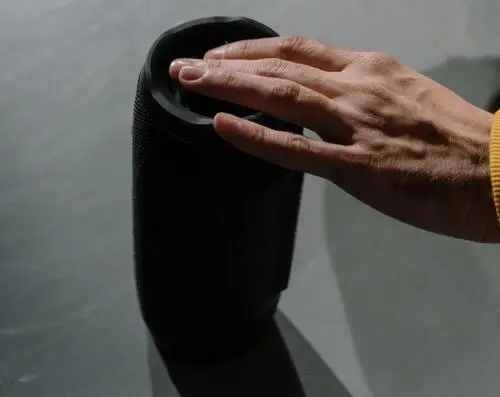
Before turning the speaker on again, turn Bluetooth off and on again so that it is in search mode when you turn your speaker back on. This will typically give you the option to connect before the previous device does.
You will have an advantage in that only you know when you turn on your Bluetooth speaker again to be available for pairing. So you can get a headstart in connecting with your Bluetooth speaker before anyone else.
This is not the most sophisticated way to kick someone off your Bluetooth speaker, but it is an effective way to kick someone off.
2. Force Pairing Mode or Reset You Bluetooth Speaker
Before you go into full factory reset mode, I recommend you try to force the Bluetooth speaker into pairing mode. A pairing mode is usually available on all Bluetooth speakers and is necessary for the initial setup.
Force pairing mode
If your device lacks a Bluetooth button, see the user manual to learn how to start pairing mode.
- Locate your device’s Bluetooth button.
- Hold the button down for 5 seconds until the LED light flashes.
- Use your phone or another device to connect to your speaker.
Factory reset
If your hijacker still connects back before you, you can try the full factory reset of your speaker. The commands to reset your Bluetooth speaker will be specified by the manufacturer’s specifications but are usually something like this:
- Turn off the Bluetooth speaker.
- Hold the Bluetooth and Power buttons together for up to fifteen seconds. (If your device lacks a Bluetooth button, press and hold the Volume Up and Power buttons for fifteen seconds instead).
- In pairing mode, the device should power cycle and turn on.
3. Create Distance
Bluetooth essentially works through a short-range wireless connection. So, another easy way to kick someone off your Bluetooth speaker is to create enough distance between your Bluetooth speaker and the hijacker’s device.
The ideal distance for a Bluetooth speaker to work effectively with Bluetooth 5.0 is less than 30 feet (10 meters). Although the Bluetooth connection can be much longer, it depends on what kind of obstacles interfere with the signal.
So if you can, go ahead and grab your Bluetooth speaker and create distance to get out of range from the connected device. If you are indoors, the speaker can lose the connection if you bring the speaker into another part of your house, depending on the wall materials.
This will effectively disconnect and kick off the device paired with your Bluetooth speaker. Put the speaker in pairing mode, explained in step 2, and connect your device.
What Can You Do to Prevent Someone to Hack or Hijack your Bluetooth Speaker?
As discussed, how you can kick someone off your Bluetooth speaker are not preventative. And the methods above cannot stop someone from connecting back to your Bluetooth speaker again in the future.
But, no worries.
Below are some potential measures you can use to prevent someone from connecting up to your Bluetooth speaker again in the future.
If you want a more in-depth walkthrough on how to prevent someone from hacking or hijacking your Bluetooth devices, check out this article about 8 Tips To Keep Your Bluetooth Secure From Hacking.
1. Purchase a Higher-End Bluetooth Speaker with a Panel
Bluetooth speakers can come in advanced options with a security code to prevent unwanted connections.
Just be aware that these advanced Bluetooth speakers that come with security code settings can cost quite a bit more than your standard Bluetooth speaker.
One excellent option for a Bluetooth speaker with a panel is the Bose Smart Speaker 500.
In addition to a security code option, more advanced Bluetooth speakers with a visual display panel also allow you to ‘forget devices’ and restrict devices that can connect to your Bluetooth speaker.
2. Create a Pass Code
This preventative measure is a little more technical. But it can effectively prevent someone from connecting to your Bluetooth speaker. You will need a desktop or laptop computer to do this.
You can then download the speaker’s default firmware off the internet. Then download a hex editor; search for Bluetooth pairing code (this will most likely be a blank space).
You can then enter a code of your choice.
Then you will need to plug in the Bluetooth speaker using a USB cable to your pc and upload the file to the speaker.
You should only access your Bluetooth speaker for pairing with the code you set up by entering the code on your device.
3. Change the Name of the Device Using an Associated Device
This way is less sophisticated but could be effective.
Perhaps the person who connects with your Bluetooth speaker will not be able to find your Bluetooth speaker if they cannot find it due to you changing the name on your Bluetooth speaker.
4. Use an Audio Cable Instead of Bluetooth
A ‘low-tech’ but very effective method to prevent unwanted connection to your Bluetooth speaker is not connecting to your speaker with Bluetooth but using an audio cable.
This way, you are guaranteed to have only your selection of music (or any other audio output) play on your speaker without fear of losing connection.
However, you lose some convenience and wireless capability of your Bluetooth speaker.
Final Thoughts
Having someone else’s device connect with your Bluetooth speaker can be highly annoying and inconvenient.
However, it is possible to kick them off of your Bluetooth device by either resetting your Bluetooth speaker, shutting your Bluetooth speaker off and reconnecting your device before anyone else, or creating distance by relocating your speaker away from the connected device.
But, preventing an unwanted connection to your Bluetooth speaker from the start is probably the best way. And there are a few options to prevent unwanted connections to your Bluetooth speaker, which have been discussed above.

Espen
Espen is the Director of ProPairing and has written extensively about Bluetooth devices for years. He is a consumer product expert and has personally tested Bluetooth devices for the last decade.

